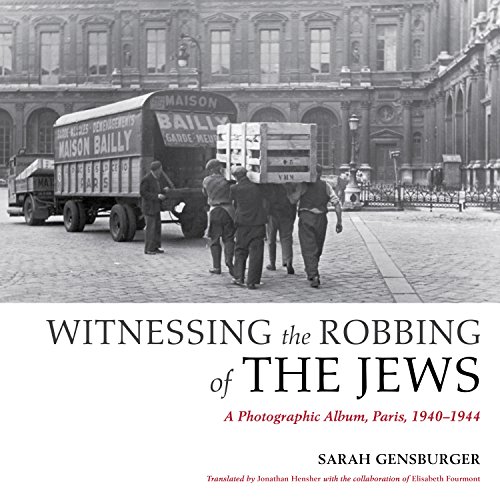
1
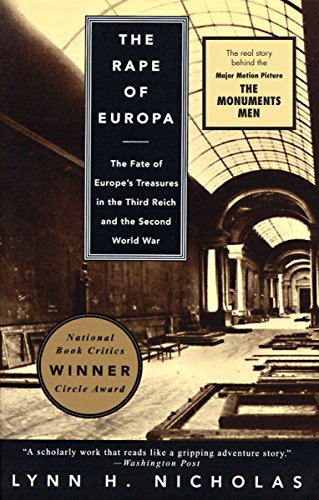
2
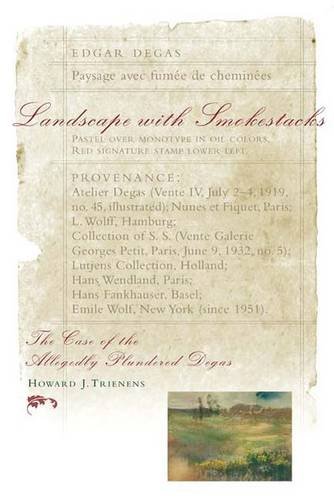
3
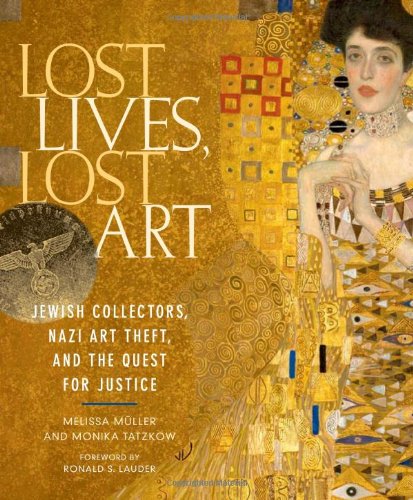
4
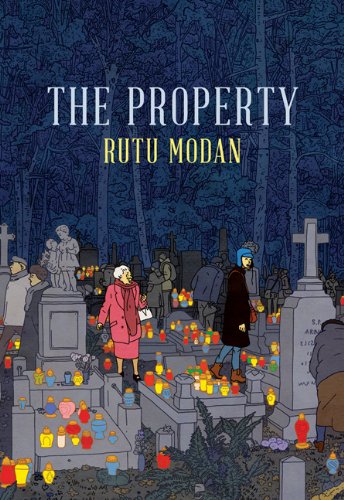
5
The road to uncovering family stories and history is never straight and clear: there are always twists and turns, mysteries, and unknowable fragments lost to history. I know this quite personally because I am the great-granddaughter of Polish-Jewish artist, Moshe Rynecki (1881-1943) a Jewish-Polish artist who perished in the Holocaust and whose body of art largely went missing in the aftermath of the Second World War. I grew up with my great-grandfather’s paintings prominently displayed on the walls of our family home and I understood from an early age that the art connected me to a legacy from “the old country”: Poland, but for more than a decade I have struggled to understand the role of my great-grandfather’s paintings in my life. In my own quest, described by the New York Times as a search with the “realization that some things may never be found and the LA Weekly as a story that is “Part Woman in Gold and part family home movie, with shades of Everything Is Illuminated and Antiques Roadshow,” I’ve spent a lot of years reading stories about others struggling with issues related to Holocaust era art looting. There are a lot of fantastic books that delve into the questions of what it means to be the child of a Holocaust survivor (sometimes called the Second Generation or 2G) and there are a significant number of books that take a good hard look at issues of looting and restitution. I’ve tried to highlight five books that are less well known because I think these books offer readers great insights and because I love to bring a bit of attention to those stories that haven’t fully received the readership they deserve. A bit more about me…. In 1999, I designed the original Moshe Rynecki: Portrait of a Life in Art website. I have a BA in Rhetoric from Bates College (’91) and an MA in Rhetoric and Communication from UC Davis (’94). My Master’s thesis focused on children of Holocaust survivors. My book, titled Chasing Portraits: A Great-Granddaughter’s Quest for Her Lost Art Legacy, was published by NAL/Penguin Random House in September 2016. My documentary film, Chasing Portraits, was released in 2018. It has been on the film festival circuit for the past year and is expected to be released on DVD and Video on Demand in late 2019. [P.S. I’ve called my list Holocaust Era Looting because while many people call it Nazi Looting, Nazis aren’t the only ones who did the looting.]
1
We know the Nazis took everything – people, communities, lives, homes, land, and personal property – but these photographs show the massive extent of the looting. And more than anything else, these photos speak volumes about the attempts to erase and forget the people and families whose stories are behind each and every one of these items on display. Nazis were invited to buy these goods, and they did. But as we gaze upon these photos we bring with us an understanding of what these items without their owners really means. The snapshots of personal property becomes incredibly surreal and deeply disturbing because although we don’t know the exact fate of each of the people who once owned these goods, we have a pretty darn good idea of what happened to them.
2
The Rape of Europa offers an incredibly detailed look at the massive extent of the Nazi's theft of European culture. Nicholas starts with the Nazis' twofold goal at purification and their efforts to ban degenerate culture and then takes readers across multiple nations, years, and personalities, to tell the incredible story that changed the face of the art world as we know it. Armed with astonishing details and statistics, Nicholas relays facts about the racially motivated pillage of art treasures, and how the allies had to deal with the aftermath of their theft. The fact that the world is still grappling with issues of Holocaust era looted art today makes a lot more sense once you've taken in the sprawling story told here. I also highly recommend the documentary film based upon Nicholas' research.
3
So much of what the general public understands about Holocaust era looted art comes from simplified news stories or Hollywood films (e.g. The Monuments Men or The Woman in Gold). This book, written by Howard J. Trienens, a lawyer for the defendant collector of the Edgar Degas painting, "Landscape with Smokestacks," presents the defense's story that was never publicly presented. The book traces the provenance (the history of the painting's ownership) as it travels from its prewar home to its current location in the Art Institute of Chicago. What I find most compelling is the reminder that in the world of law, it is hard to prove anything with certainty.
4
We are often familiar with the names of the artists and the images of the paintings that were looted in the Second World War, but sometimes the stories of the families behind the pillage and destruction of such beautiful and personal collections are unknown. Each chapter in this book contains a plethora of images that introduce the art and families that are so important to each story. The details about the collectors and the detailed research about the art, provenance, does a beautiful job at introducing readers to the lives, art, heirs, and legal battles that include everything from the triumphant return of stolen paintings to the refusal of museums to address these issues.
5
In Modan’s graphic novel, Mica, a woman in her 20s, travels with her grandmother from Israel to Warsaw to reclaim the deed to an apartment the family was forced to abandon during the Second World War. What begins as a story about wartime looting and a demand for recovery evolves into a well told and beautifully illustrated tale with complications involving relationships, half-truths, memory, money, and nostalgia. It’s an intricate and personal tale that illuminates the complex legal, emotional, and psychological challenges plaguing families in the aftermath of WWII; challenges that persist even now, nearly 70 years after the conflict officially ended. The form of the graphic novel allows Modan to explore this muddled yet highly nuanced story both textually and visually.

1
We know the Nazis took everything – people, communities, lives, homes, land, and personal property – but these photographs show the massive extent of the looting. And more than anything else, these photos speak volumes about the attempts to erase and forget the people and families whose stories are behind each and every one of these items on display. Nazis were invited to buy these goods, and they did. But as we gaze upon these photos we bring with us an understanding of what these items without their owners really means. The snapshots of personal property becomes incredibly surreal and deeply disturbing because although we don’t know the exact fate of each of the people who once owned these goods, we have a pretty darn good idea of what happened to them.

2
The Rape of Europa offers an incredibly detailed look at the massive extent of the Nazi's theft of European culture. Nicholas starts with the Nazis' twofold goal at purification and their efforts to ban degenerate culture and then takes readers across multiple nations, years, and personalities, to tell the incredible story that changed the face of the art world as we know it. Armed with astonishing details and statistics, Nicholas relays facts about the racially motivated pillage of art treasures, and how the allies had to deal with the aftermath of their theft. The fact that the world is still grappling with issues of Holocaust era looted art today makes a lot more sense once you've taken in the sprawling story told here. I also highly recommend the documentary film based upon Nicholas' research.

3
So much of what the general public understands about Holocaust era looted art comes from simplified news stories or Hollywood films (e.g. The Monuments Men or The Woman in Gold). This book, written by Howard J. Trienens, a lawyer for the defendant collector of the Edgar Degas painting, "Landscape with Smokestacks," presents the defense's story that was never publicly presented. The book traces the provenance (the history of the painting's ownership) as it travels from its prewar home to its current location in the Art Institute of Chicago. What I find most compelling is the reminder that in the world of law, it is hard to prove anything with certainty.

4
We are often familiar with the names of the artists and the images of the paintings that were looted in the Second World War, but sometimes the stories of the families behind the pillage and destruction of such beautiful and personal collections are unknown. Each chapter in this book contains a plethora of images that introduce the art and families that are so important to each story. The details about the collectors and the detailed research about the art, provenance, does a beautiful job at introducing readers to the lives, art, heirs, and legal battles that include everything from the triumphant return of stolen paintings to the refusal of museums to address these issues.

5
In Modan’s graphic novel, Mica, a woman in her 20s, travels with her grandmother from Israel to Warsaw to reclaim the deed to an apartment the family was forced to abandon during the Second World War. What begins as a story about wartime looting and a demand for recovery evolves into a well told and beautifully illustrated tale with complications involving relationships, half-truths, memory, money, and nostalgia. It’s an intricate and personal tale that illuminates the complex legal, emotional, and psychological challenges plaguing families in the aftermath of WWII; challenges that persist even now, nearly 70 years after the conflict officially ended. The form of the graphic novel allows Modan to explore this muddled yet highly nuanced story both textually and visually.
© Five Books 2025